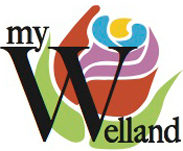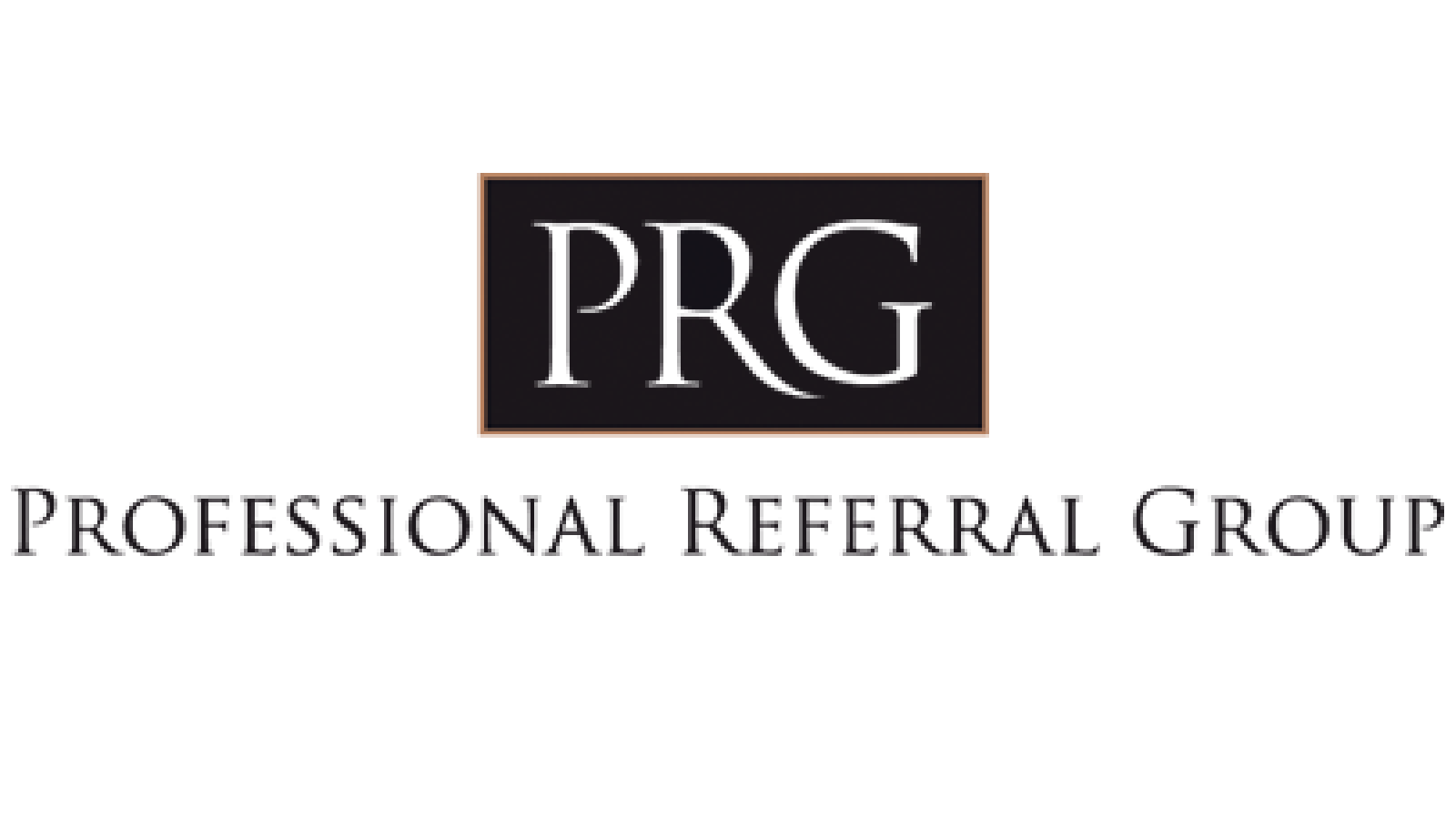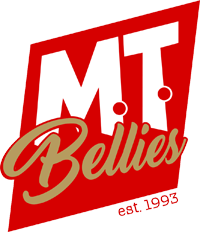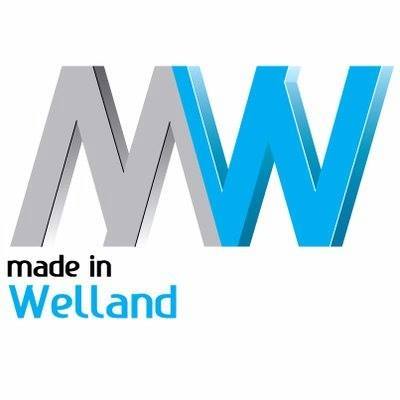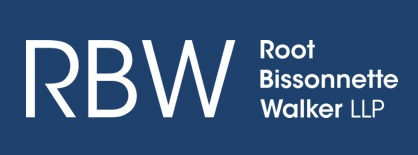The City of Welland Fire Department’s new headquarters will sit atop the former Atlas Steels land at 400 East Main Street, an eight-acre brownfield site. The structure is a state-of-the-art environmentally-friendly building and one of the most energy-efficient first stations in the country.
A brownfield site is any previously developed land that is not currently in use that may be potentially contaminated. Upon completing an environmental assessment on this property, soil contaminants ranged from heavy to light and were safely removed using traditional remediation methods.
“We saw an opportunity to take this initiative to the next level in terms of environmental stewardship, and we are proud of our commitment,” said Adam Eckhart, fire chief. “As a municipality, we talk a lot about caring for our environment and encouraging others to take environmentally approaches, and showing the community that we practice what we preach proves that we are serious.”
Staff identified early into the project that a large quantity of concrete and other building materials were on the property. During these early planning stages, an assessment of the concrete determined that it could be repurposed onsite. This approach repurposed 5,000 cubic meters of concrete from landfills, reducing dumping fees, trucking costs, and material purchasing.
Additionally, the berm at the rear of the site provides significant environmental benefits, including being seeded with native species to support the local habitat, reducing soil diversion to landfills, and providing a sound barrier. The City worked with the Niagara Peninsula Conversation Authority (NCPA) and Niagara College to help naturalize the berm.
The site is also responsible for the retention of stormwater. A pond is necessary to capture the rainwater and limit the release to ensure that neighbouring properties do not flood. Water used in firefighter training will recirculate to the pond and be used repeatedly. The pond also supports training in water and ice rescue operations. The pond’s design replicates three main landscape features in the community: the shipping canal banks, bridge/bank/docks, and a low slope entry point like a ramp.
These designs and programs will offer a long-term benefit to the community, providing for energy-efficient and sturdy buildings while lowering the operating costs of fire stations across the City.
 Back to myNiagaraOnline
Back to myNiagaraOnline